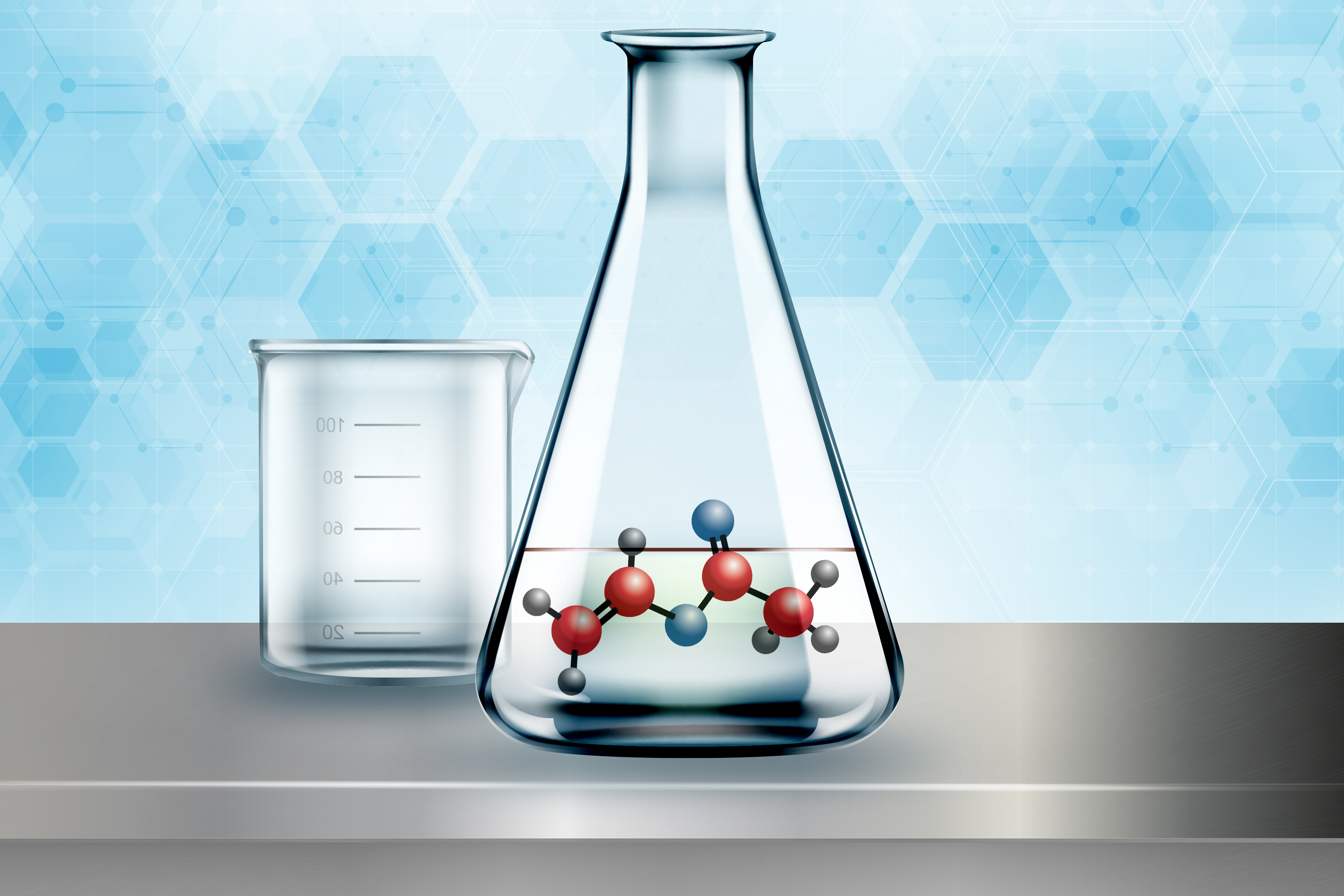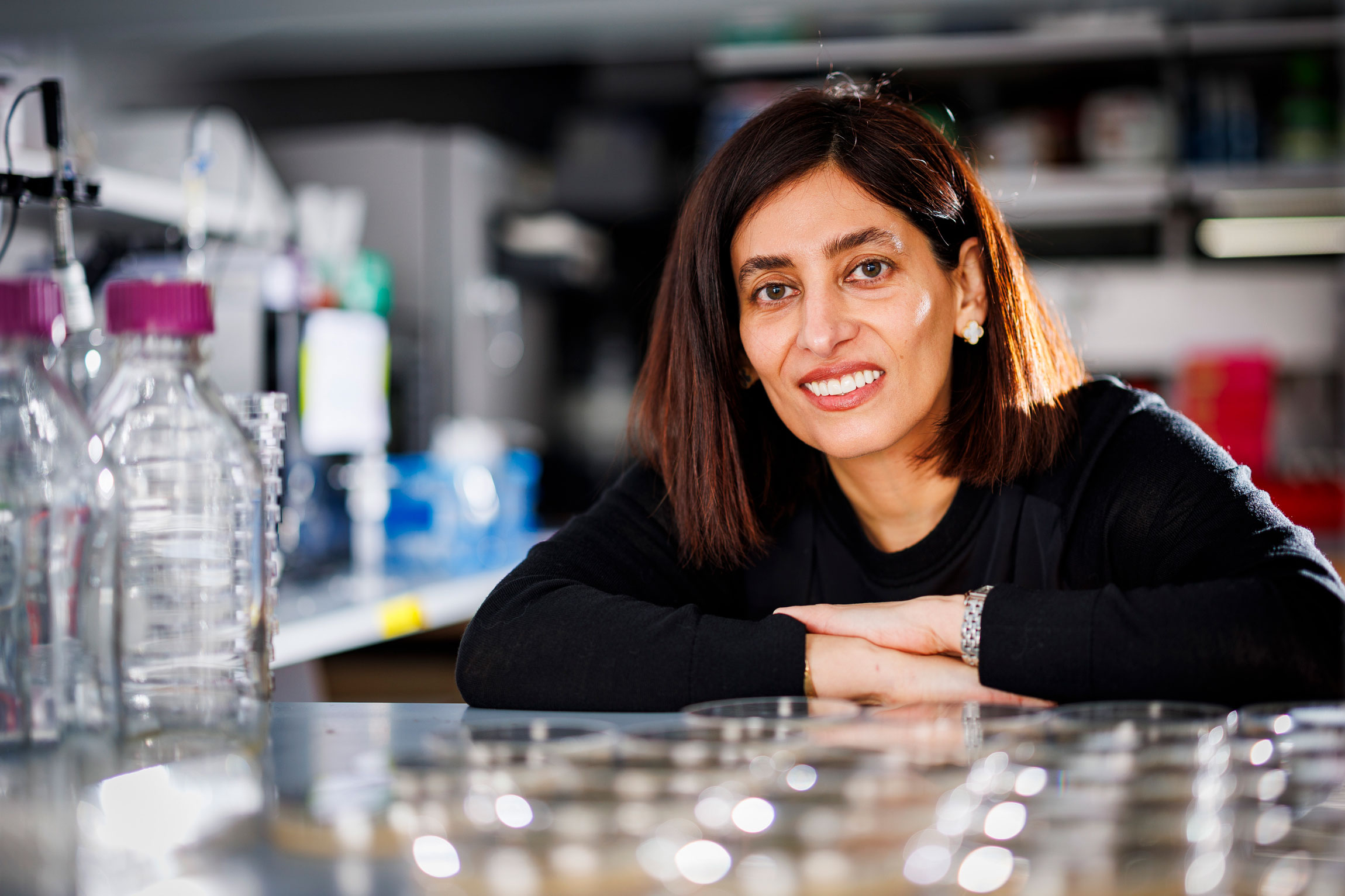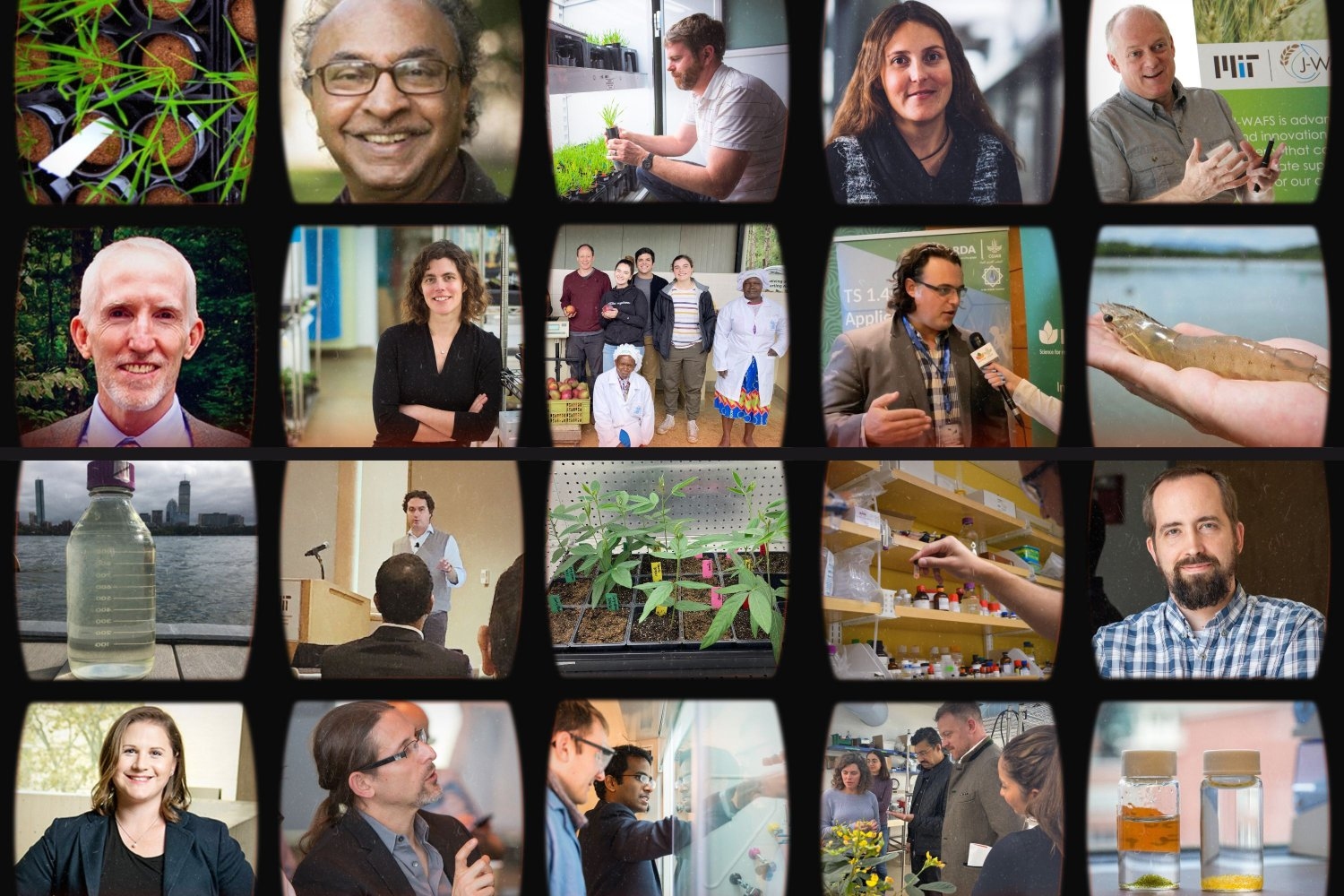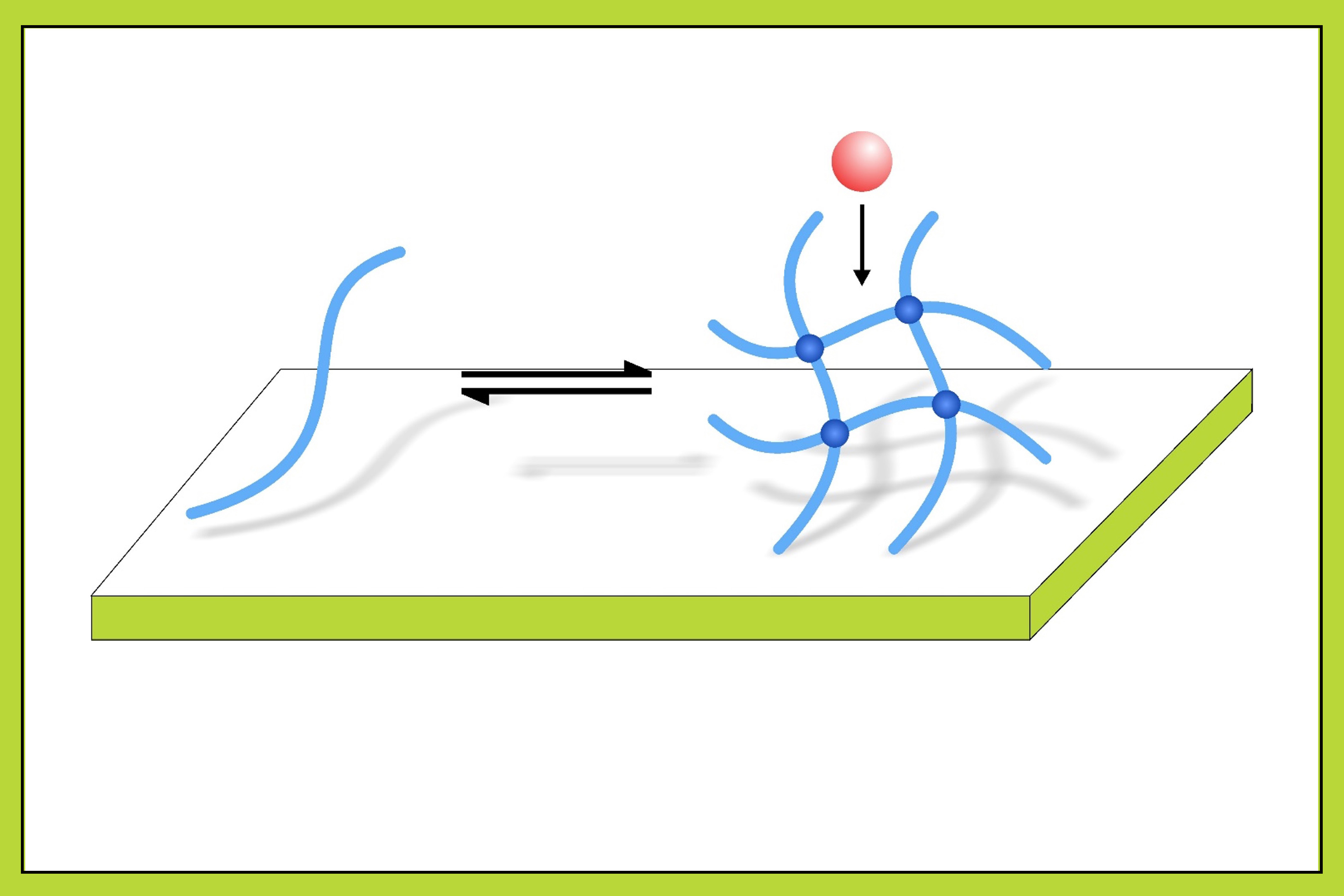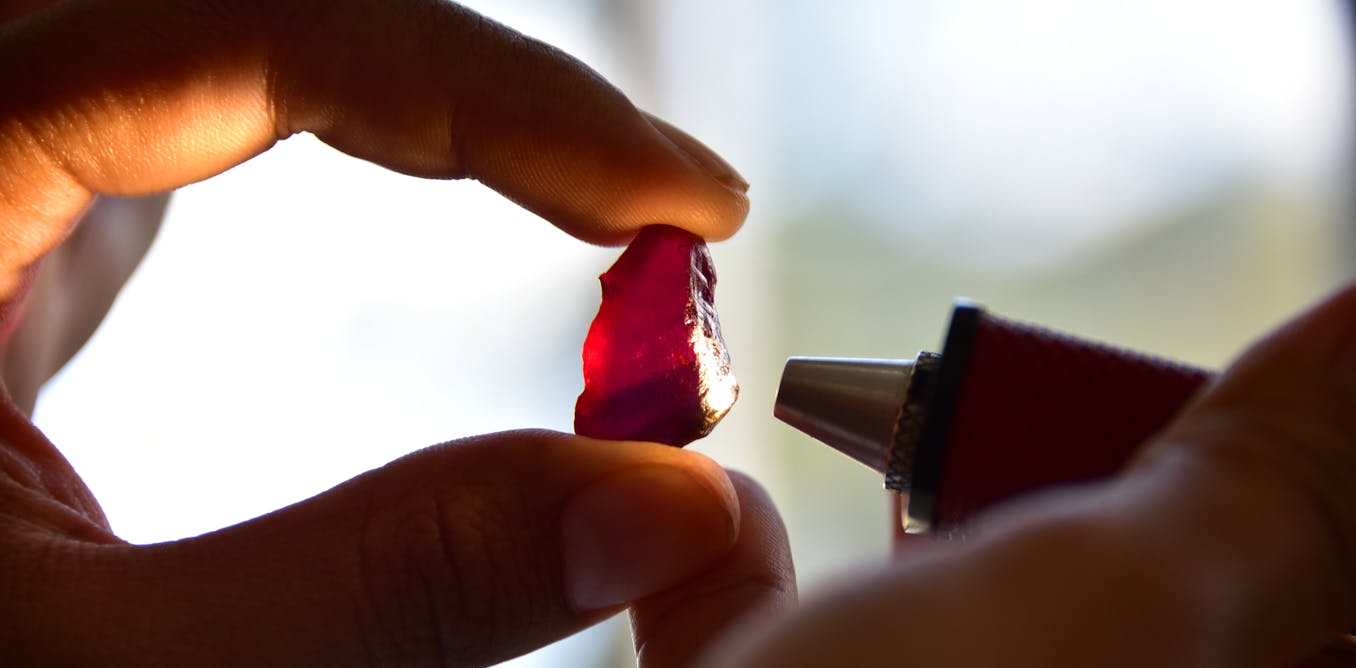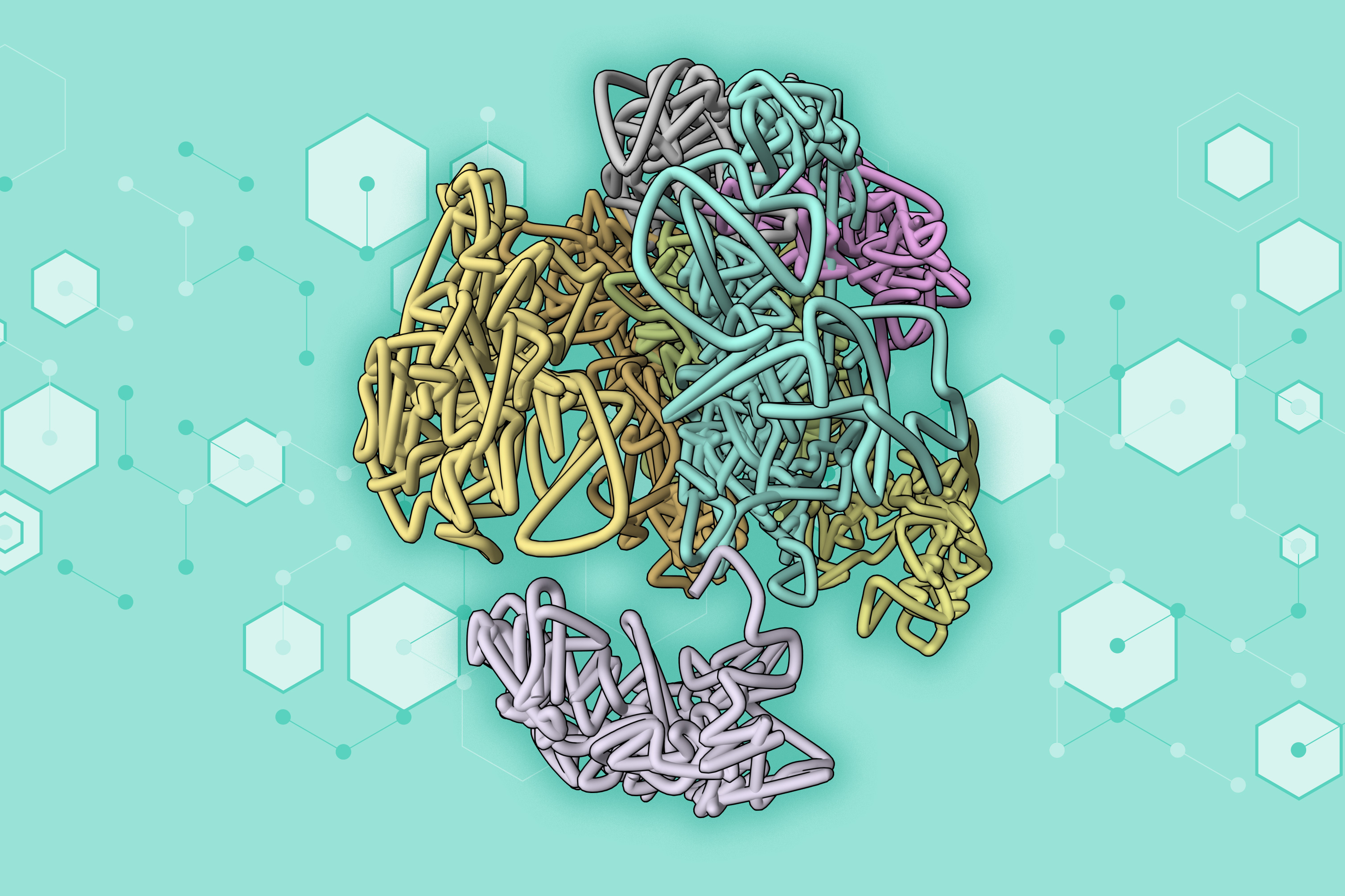What’s that microplastic? Advances in machine learning are making identifying plastics in the environment more reliable
To deal with microplastic pollution, it helps agencies to know what kind of plastic they’ve got on their hands.
Ambuj Tewari, Professor of Statistics, University of Michigan •
conversation
March 6, 2025 • ~8 min
March 6, 2025 • ~8 min
The science behind airplane deicing – a mechanical engineer explains how chemistry and physics make flying a more uplifting experience
Waiting for your plane to get deiced may be annoying, but it’s an essential safety step in chilly conditions.
Andrew Sommers, Professor of Mechanical and Manufacturing Engineering, Miami University
• conversation
Feb. 28, 2025 • ~10 min
Feb. 28, 2025 • ~10 min
Traumatic brain injuries have toxic effects that last weeks after initial impact − an antioxidant material reduces this damage in mice
Addressing the harmful chemical processes that accompany blunt force trauma to the brain can reduce the risk of long-term disability.
Aaron Priester, Postdoctoral Fellow in Materials Science and Engineering, Missouri University of Science and Technology •
conversation
Feb. 19, 2025 • ~9 min
Feb. 19, 2025 • ~9 min
Why are rubies red and emeralds green? Their colors come from the same metal in their atomic structure
Even though emeralds and rubies are very different colors, they both have the same secret ingredient in their atomic structure.
Daniel Freedman, Dean of the College of Science, Technology, Engineering, Mathematics & Management, University of Wisconsin-Stout •
conversation
Feb. 4, 2025 • ~6 min
Feb. 4, 2025 • ~6 min
Bennu asteroid reveals its contents to scientists − and clues to how the building blocks of life on Earth may have been seeded
New findings reveal that a NASA mission traveled to an asteroid that may have once been covered in salty lakes containing organic molecules.
Sara Russell, Professor of Planetary Sciences, Natural History Museum
• conversation
Jan. 29, 2025 • ~10 min
Jan. 29, 2025 • ~10 min
/
62

